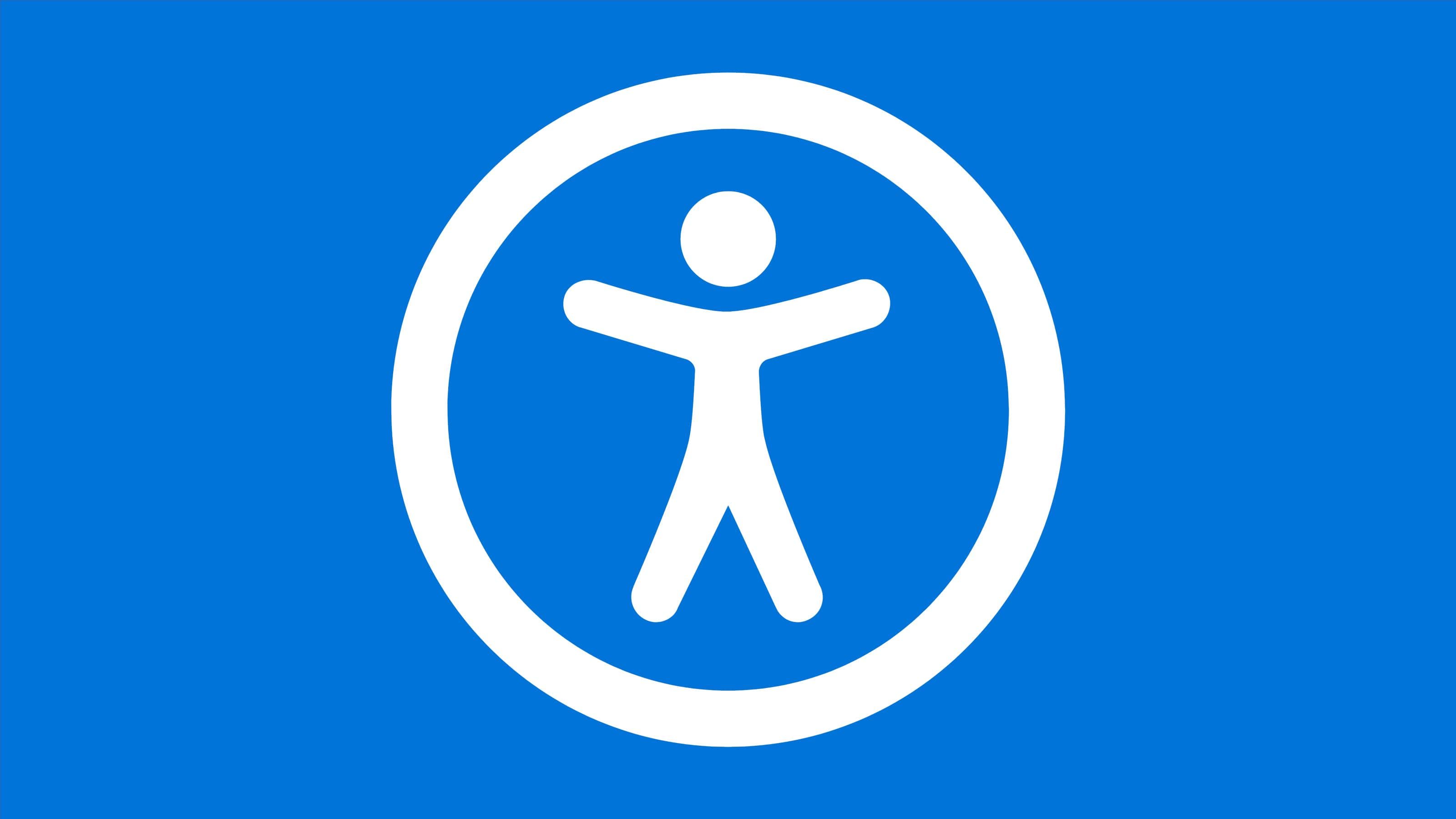Accessibility overlay widgets have gained attention in recent years as tools that promise to improve web accessibility. These widgets are designed to help websites meet the accessibility needs of users with disabilities, but they have generated considerable debate. While proponents argue that they can be effective in certain contexts, critics point out their potential negative impact on web accessibility. In this article, we'll delve into the controversy surrounding accessibility overlay widgets, their potential negative effects on web accessibility, and their overall effectiveness.
The Promise of Accessibility Overlay Widgets
Accessibility overlay widgets, also known as accessibility plugins or remediation solutions, are software tools that websites can integrate to make their content more accessible to individuals with disabilities. They typically offer features like text-to-speech, contrast adjustment, and keyboard navigation enhancements.
The appeal of these widgets lies in their potential to quickly address accessibility issues without extensive redesign or recoding of a website. By overlaying an existing website, they aim to make it more usable for people with disabilities, allowing users to customize their experience to meet their unique needs.
The Controversy
While accessibility overlay widgets might seem like a solution to web accessibility challenges, they have sparked significant controversy within the web accessibility community. Critics raise several valid concerns about their use:
1. Short-Term Fixes, Long-Term Problems:
Accessibility overlay widgets are often considered quick fixes that do not address the root causes of accessibility issues. Instead of encouraging proper web development practices, they may lead website owners to rely on overlays as a band-aid solution.
2. Uncertain Effectiveness:
The effectiveness of these widgets is a subject of debate. Some argue that they can improve accessibility for certain users, while others believe their impact is limited and may even introduce new accessibility problems.
3. Maintenance Challenges:
Overlay widgets require ongoing maintenance and updates to remain effective. Outdated or incompatible overlays can lead to broken functionality and worsened accessibility.
4. Potential for False Claims:
Over-reliance on accessibility overlays may lead some website owners to make unwarranted claims about their site's accessibility, potentially misleading users.
5. Disruption to Assistive Technology:
Overlay widgets can interfere with the functioning of assistive technologies that users with disabilities rely on, creating a disjointed and frustrating user experience.
The Negative Impact on Web Accessibility
The negative impact of accessibility overlay widgets on web accessibility is primarily a result of the issues outlined above. Here's a closer look at these negative consequences:
-
False Sense of Compliance: Website owners who deploy overlay widgets may mistakenly believe they have achieved full accessibility compliance when, in reality, the underlying accessibility issues remain unresolved.
-
Stifling Innovation: Relying on overlays as a quick fix might discourage innovation and prevent website owners from exploring more comprehensive and sustainable accessibility solutions.
-
Compromised User Experience: Overlays can sometimes disrupt the user experience for individuals with disabilities, creating more barriers than solutions.
-
Risk of Dependence: Overlays may lead users to become overly dependent on such tools, potentially limiting their ability to adapt to different websites and platforms.
The Question of Effectiveness
Determining the effectiveness of accessibility overlay widgets is not straightforward. Their impact varies based on factors such as the specific widget, the website's design, and the user's needs. Some users may benefit from overlays, while others may experience greater barriers.
Ultimately, whether accessibility overlay widgets are effective or not depends on their implementation and the specific context in which they are used. In some cases, they may provide a valuable stopgap solution, but they should not be considered a substitute for addressing web accessibility issues at their source.
Conclusion
The controversy surrounding accessibility overlay widgets underscores the importance of taking a comprehensive and sustainable approach to web accessibility. While these tools may offer temporary relief and aid in specific cases, they should not be seen as a cure-all for accessibility issues. To truly improve web accessibility, it is essential for website owners and developers to prioritize inclusive design and follow established accessibility guidelines and best practices. The web should be a place where everyone can access and use digital content without obstacles, and relying on overlay widgets alone is not the answer to achieving that goal.



